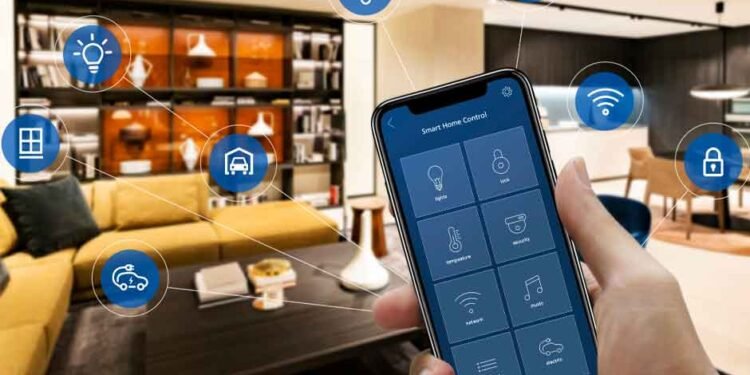It’s no longer a luxury. Home automation has evolved into a lifestyle standard. What began as simple programmable thermostats and light timers has transformed into a fully connected ecosystem, one that makes everyday living more convenient and secure.
Nowadays, smart homes blend technology with practicality. With just a tap or voice command, they give homeowners control over nearly every aspect of their property.
Smarter Security for Modern Living
There’s one element at the heart of most automation upgrades: safety. Smart security systems allow homeowners to monitor their property in real time from anywhere in the world. From video doorbells to window sensors, instant alerts can be sent to your smartphone if anything seems out of place.
One of the most impactful components of this ecosystem is the access control system. These systems replace traditional keys with keypads or mobile credentials, which let homeowners control entry points remotely.
For instance, you can unlock the door for a family member or delivery driver with your phone and even verify who’s entering using integrated camera feeds. Does your property feature gates or garage access? Well, the same system can coordinate with openers and controllers for seamless, secure entry without the need for manual operation.
Access control systems enhance security and simplify daily routines. Forget about carrying multiple keys or worrying about lost copies. Instead, you can manage permissions through an app, where you can grant or revoke access in seconds.
Energy Efficiency Through Smart Controls
Automation goes beyond convenience. It’s also about conservation. From smart thermostats to lighting systems, you can adjust usage based on your habits and occupancy patterns. Lights can dim or turn off when rooms are empty. Climate controls, on the other hand, can optimize heating and cooling for comfort without waste.
For example, smart blinds close automatically during peak sunlight hours to reduce cooling costs, while connected plugs can cut power to idle electronics. Over time, these changes, even though small, add up to noticeable energy savings and a smaller carbon footprint.
Everyday Convenience and Customization
Safety and energy efficiency are out of the way. The next step in automation sees an enhancement in everyday comfort. Imagine waking up to a home that’s already adjusting to your schedule. The lights slowly brighten, the coffee starts brewing, and your favorite playlist surfaces in the background.
Voice assistants and mobile apps allow users to customize their routines to fit their lifestyle. The result: you gain a level of personalization to make your home truly responsive.
Another point not to overlook is how automation can make life easier for those with limited mobility or busy schedules. From remote lighting and climate management to automating door locks and appliances, these technologies reduce physical strain and save valuable time throughout the day.
Conclusion: The Connected Future of Home Living
Modern home automation has become the foundation for safer, smarter living. Systems that bring together the likes of automated lighting and integrated access control give homeowners both control and confidence. As technology continues to advance, the connected home will only become more indispensable.












